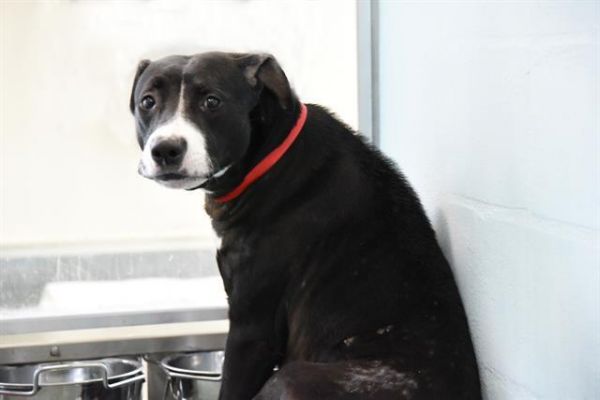
If your dog is experiencing fear during a thunderstorm, you’re not alone. It is very common for dogs to be sensitive to loud noises. Some dogs may just shake a little and try to stay close to you while experiencing fear, while other dogs may experience a truly phobic reaction and become destructive in their environment and try to escape. In either situation it is important to work towards reducing the stress and anxiety your dog is suffering with.
Reducing Anxiety and Building Confidence.
Your goal is to have your dog experience a pleasant outcome (food treat, verbal praise, playing with a favorite toy or anything he may see as a reward) whenever he encounters the frightening stimulus.
It will be very important to proceed with the below exercises at a gradual pace and allow plenty of time for your dog or puppy to become adjusted to this new experience before proceeding. Never force your pet into an interaction with a frightening stimulus and always start from his level of tolerance. If you see a stress or fearful response from your pet then you have gone too far ahead in the training and will need to go back and repeat certain exercises until your pet is more comfortable.
Desensitizing your pet
• Purchase or make your own recording of a thunderstorm.
• In your first training session play the recording at a very low volume so that a fear response is not elicited in your pet. Play your dog’s favorite game and feed him special treats. Give positive attention to create a good association with the background noise (the thunderstorm recording).
• In your next session gradually increase the volume of the recording while providing the positive reinforcement.
• If you notice any fearful response you have gone beyond your dog’s threshold of tolerance. Stop and take a break, reduce the volume and continue at a slower pace.
• Gradually increase the volume over a period of weeks or months.
• This type of training will require short, frequent training sessions. Your dog’s fear will not subside overnight. Changing an emotional response to something scary will take time and patience. It may be difficult to completely recreate all the components of a thunderstorm. Lightning, wind, changes in barometric pressure and darkness; some or all of these things may already be precursors to your dog’s fear episodes by creating anticipatory anxiety. Trying to duplicate the triggers at significantly lower exposure levels will allow your dog to associate good things (playing with you and getting treats) with the onset of the scary thing (thunderstorm).
Tips and Hints
• Never force your pet to interact with something he is afraid of. Trying to show him there is “nothing to be afraid of” will only cause him to experience the situation under extreme stress and possibly make the problem and the fear worse.
• Providing a safe place for your pet such as a spare bedroom where his feeding area and sleeping area can be isolated from the rest of the house is important and allows him to have a comfortable refuge.
